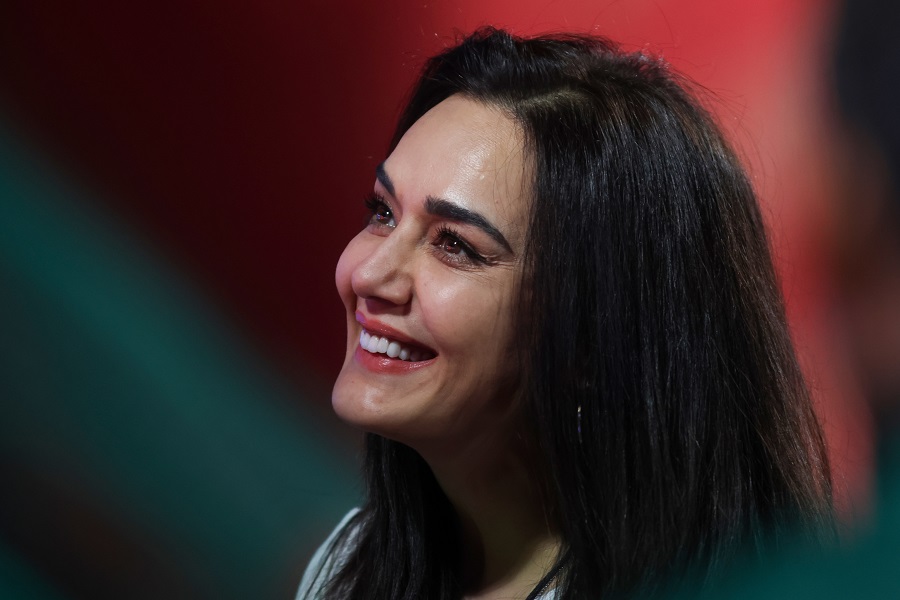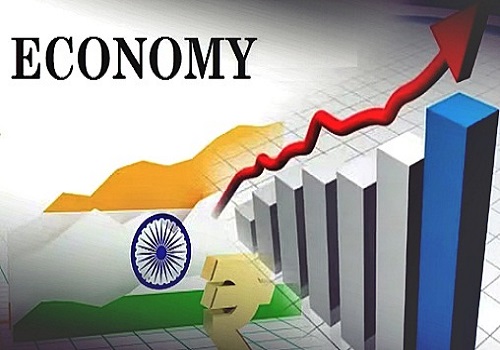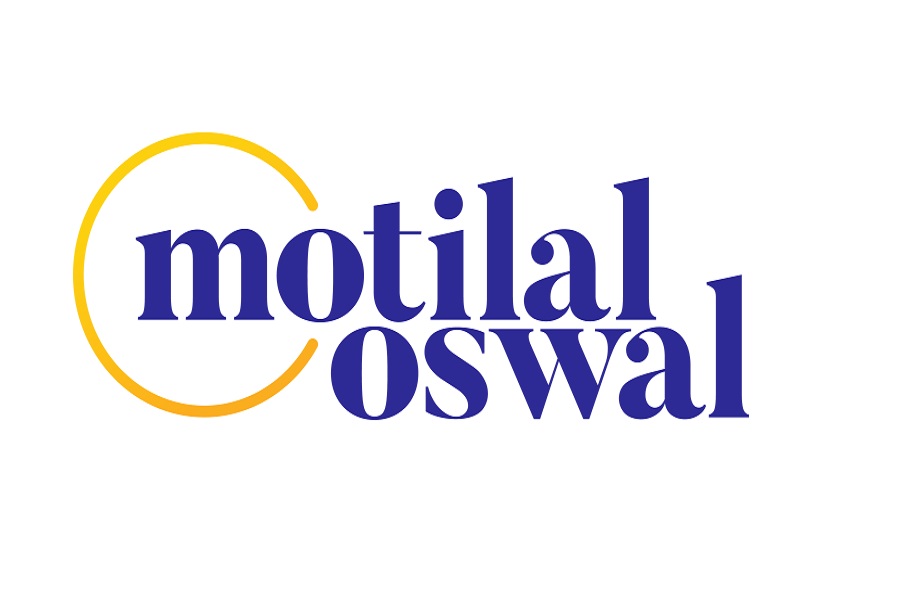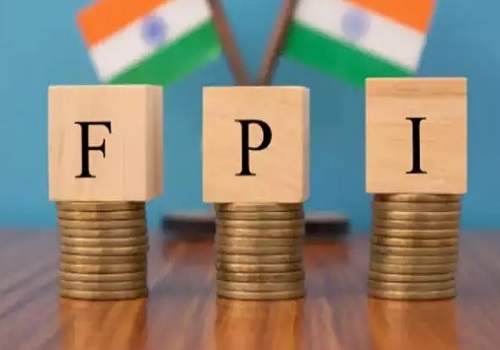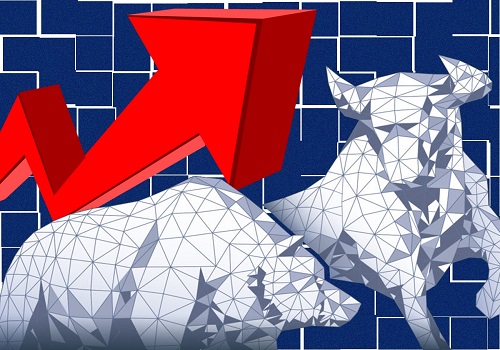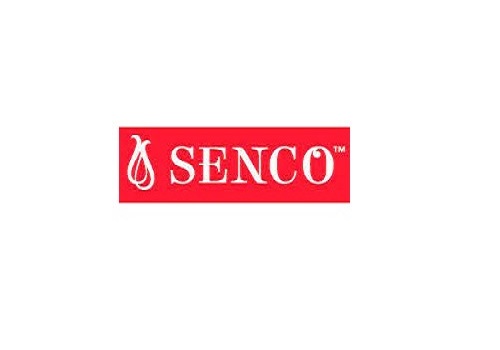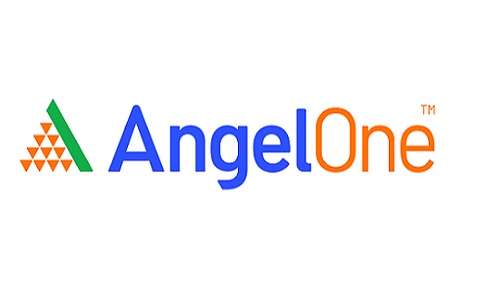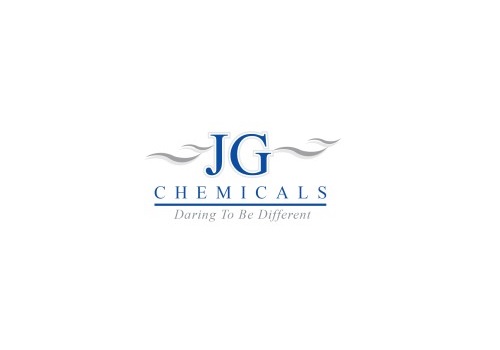Update On Star Health Buy Motilal Oswal
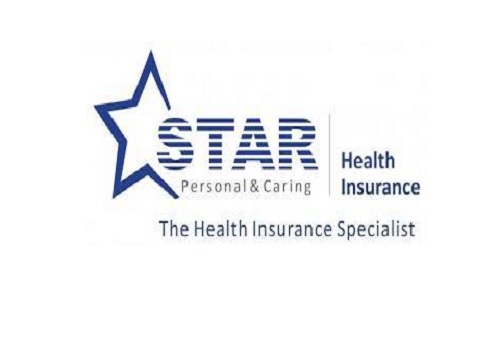
Compelling business model in a beckoning industry
* Star Health and Allied Insurance (STAR), incorporated in 2006, is the largest private health insurer in India with market share of 15.8% and gross written premium (GWP) of INR93.5b in FY21.
* In FY21, the retail health GWP for STAR was over 3x the retail health GWP of the next highest retail health insurance market participant. It has market share of 31% in the Retail Health segment.
* During FY18–21, STAR outperformed the industry in premium growth, with 31.4%/32.4%/35.3%/8.5% growth in Total Premium / Retail Health / Group Health / Personal Accident.
* Individual agents account for 78%+ of its premium collections, and at 0.43m agents, it boasts the highest count of agents among the standalone health insurers (SAHIs). It has a network of 737 branches (pan-India presence) and tieups with 90+ corporate agents.
* Its combined ratio has been among the best in the industry at 92–94%, except in FY21, which was impacted by several one-offs. Its expense ratio saw consistent decline to 19.6% in FY21 from 26.9% in FY18.
Retail Health Insurance – a large opportunity
The Health Insurance industry is poised to see a CAGR of 18%/23%/15%/11% in the Total/Retail/Group/Government segment over FY21–25E (CRISIL estimates). Stark under-penetration would be the primary driver of the same. Currently, only 3% of the population is covered under retail health insurance plans. With government and corporate schemes, the coverage increases to 37% of the population. Relative to other major economies, health insurance premium as a percentage of GDP (0.36%), density (USD5), and out-of-pocket health expenditure (63%), India is worse off. Furthermore, the COVID-19 pandemic created a pull for health insurance demand, reflected in 28%/25% growth in retail health insurance premiums in FY21/4MFY22. Growth was driven by 1) a surge in the number of individuals subscribing for health insurance, 2) an increase in the sum assured by existing customers, and 3) price hikes implemented by companies in the past fiscal.
SAHI market share of 46%+ in Retail Health; dominance to sustain
Currently, 21 private insurers, four PSUs, and six SAHIs offer retail health insurance products in India. However, with market share of 46% in FY21 and market share gains of 7% since FY18, SAHIs have dominated this space. The inherent advantage of focusing on a single product allows SAHIs to innovate in product launches, which are then followed by multi-line insurers. Distribution is another aspect where SAHIs, with their large agency networks, have made a difference. Also, corporate agents adopting open architecture are allowed tieups with three SAHIs, along with three multi-line general insurers. Hence, they prefer to sell the health insurance products of SAHIs and non-health products of multi-line insurers. While multi-line insurers are vying to emulate the agency network strategy, we see limited impact over the near term.
STAR – largest retail player with 31% market share
STAR is by far the largest Retail Health market player with 31% market share and the second largest player with 10% market share. Over the past four years, STAR has increased its market share in retail health by 8.3%, with the premium CAGR at 31% v/s the industry CAGR of 18%. Among the key drivers of these gains in market share has been its product suite – it has the highest number of retail health products empaneled with the IRDAI. Its distribution strength is unmatched with the highest number of agents among SAHIs (0.43m) and tie-ups with ~90 corporate agents. It has a pan-India presence with 737 health insurance branches spanning 26 states and four union territories. It has been steadily growing its hospital network tie-ups and now has 10,870 hospitals under its umbrella. The management pedigree at STAR is strong, with Mr Venkataswamy Jagannathan (erstwhile CMD of United India Insurance) at the helm. Other key management persons also have vast experience in the Insurance industry
Strong profitability track record, combined ratio better v/s most peers
Empirically, STAR has reported a claims ratio of 60–66% and combined ratio of 92– 94%, better v/s most peers. The outperformance has been possible on the back of 1) a higher share of retail health in its product mix v/s the industry, 2) a higher focus on SMEs in the Group Health segment, and 3) higher agent productivity vis-à-vis other SAHIs. FY21 was an exceptional year, which saw several one-offs denting performance; these consist of 1) the discontinuation of the Reinsurance Voluntary Quota Sharing Treaty (VQST), which led to an impact of INR9b on NEP – as an additional unexpired risk reserve was created as per IRDAI rules, 2) the shift to the 1/365 calculation of unexpired risk reserve v/s the 50% method earlier, and 3) high COVID claims. Adjusted for these one-offs, the incurred claims ratio stood at 67% v/s the reported incurred claims ratio of 87%. Its expense ratio saw steady decline to 19.6% in FY21 (from 27.8% in FY17), primarily on the back of scale benefits. This was further reflected in healthy average RoE of 18% during FY17–20.
Deserves premium valuations, led by high growth and healthy profitability
STAR Health would be the first SAHI to be listed in India. Among the general insurers, ICICI Lombard and New India Assurance are direct plays on the overall general insurance growth story, whereas GIC Re is an indirect play. However, STAR offers a unique proposition to play the fastest growing segment in the General Insurance space. Relatively better profitability, with a combined ratio of 92–94% on a steady-state basis (ICICI Lombard: 100%, New India: 113%, GIC Re: 112%), a healthy product suite, a strong distribution network, and management pedigree are moats that call for premium valuations. At INR400b (USD5.3b), the valuation would stand at 33x FY24E base case earnings.
Key risks
* While the COVID-19 pandemic did result in a pull for demand for health insurance, it also led to a higher claims ratio. Therefore, a third COVID wave may prove detrimental to earnings given the severity of COVID-19 claims is 2x nonCOVID-19 claims.
* Increased competition from multi-line general insurers may pose a risk to growth for STAR.
* The extension of the coverage of government schemes, such as Ayushman Bharat, to those beyond the BPL category may slow the industry growth rate.
To Read Complete Report & Disclaimer Click Here
For More Motilal Oswal Securities Ltd Disclaimer http://www.motilaloswal.com/MOSLdisclaimer/disclaimer.html SEBI Registration number is INH000000412
Above views are of the author and not of the website kindly read disclaimer


